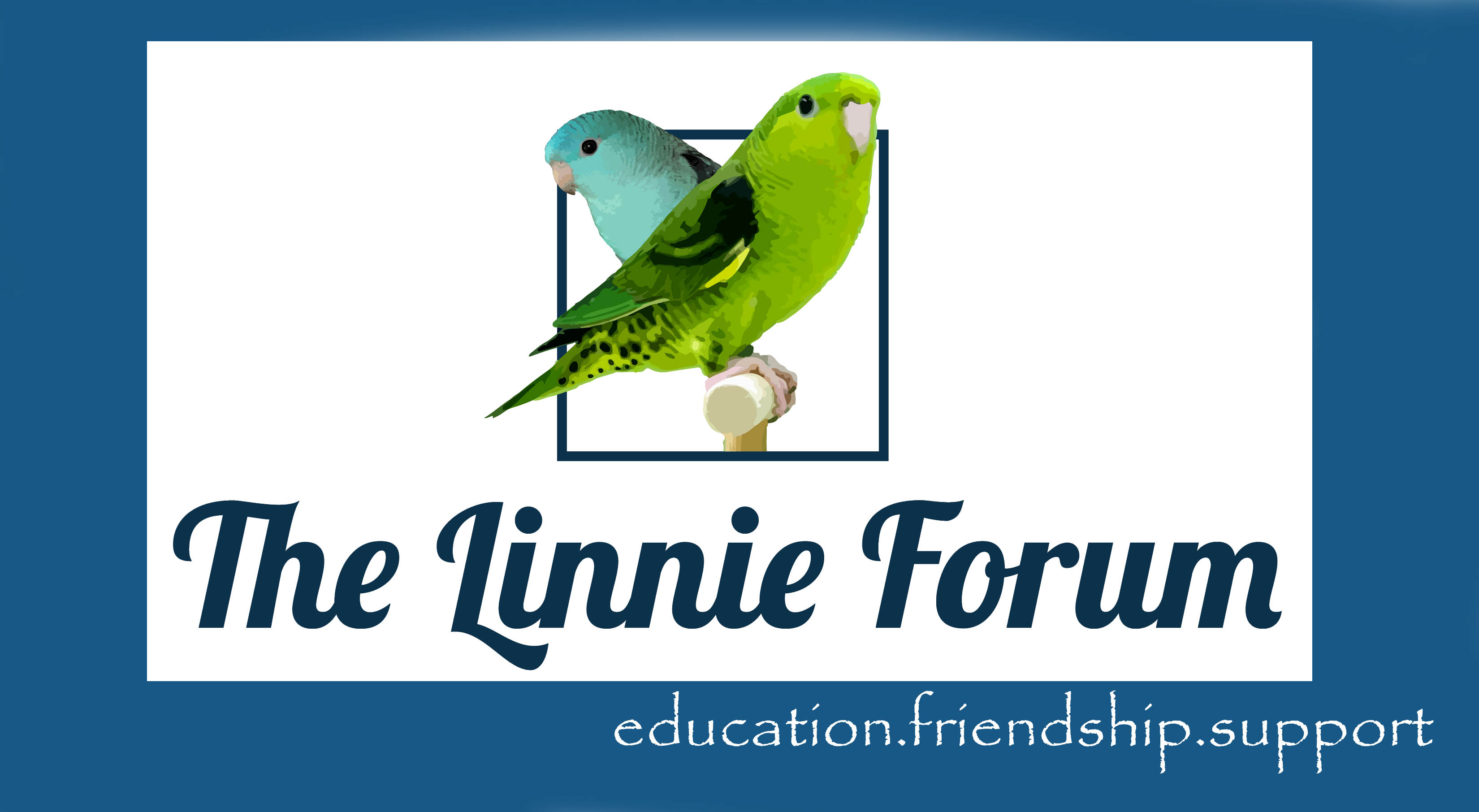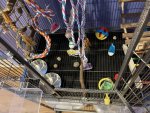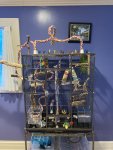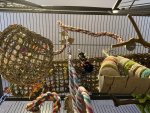srirachaseahawk
Fledgling
Hi everyone,
I plan to start with just the single Linnie, but I think that I’d like to add a friend for her in 6-8 months. This would give us a chance to bond first before a new kid was added.
I’m fairly sure that (after quarantine) they would be caged separately for a period of time until it was appropriate for them to be housed together. I’d put the cages next to each other so that they could hear/see each other. Co-housing would likely just be connecting the two cages and removing a panel or two for extra room.
Both would be from the same breeder and hand raised.
My first Linnie is likely going to be a female; but should that automatically mean that the second one should be too?
I know that female parrots can tend to be (generally) more territorial and they often don’t work well in pairs like two males would (this is obviously bird dependent though).
So. Are female Linnies typically happier with a male partner, or is another female not as big a deal as I’m thinking?
I am not opposed to preventive breeding measures for a mixed pair, as that seems like a lot less work than having to house two girls separately who may not get along…
I plan to start with just the single Linnie, but I think that I’d like to add a friend for her in 6-8 months. This would give us a chance to bond first before a new kid was added.
I’m fairly sure that (after quarantine) they would be caged separately for a period of time until it was appropriate for them to be housed together. I’d put the cages next to each other so that they could hear/see each other. Co-housing would likely just be connecting the two cages and removing a panel or two for extra room.
Both would be from the same breeder and hand raised.
My first Linnie is likely going to be a female; but should that automatically mean that the second one should be too?
I know that female parrots can tend to be (generally) more territorial and they often don’t work well in pairs like two males would (this is obviously bird dependent though).
So. Are female Linnies typically happier with a male partner, or is another female not as big a deal as I’m thinking?
I am not opposed to preventive breeding measures for a mixed pair, as that seems like a lot less work than having to house two girls separately who may not get along…






